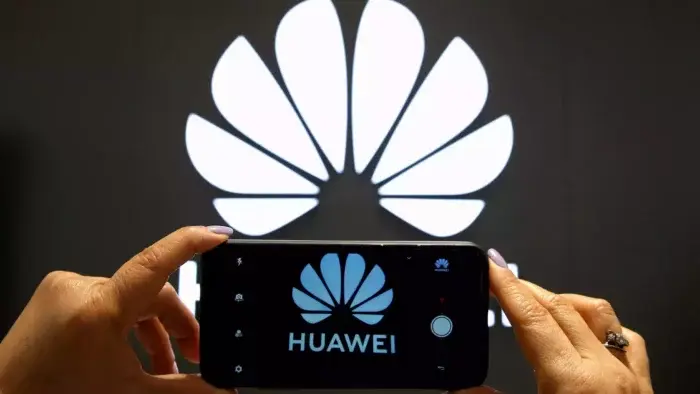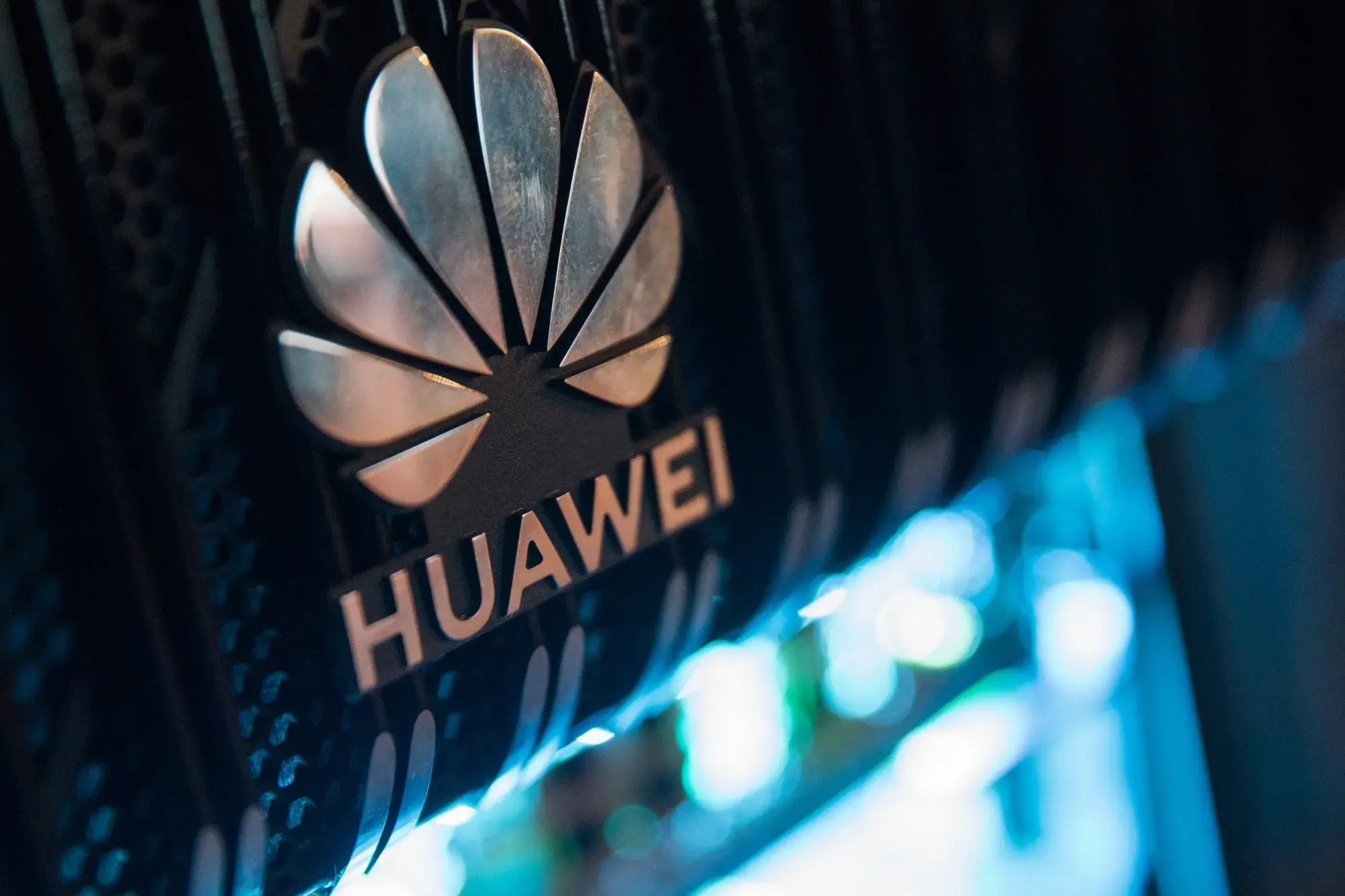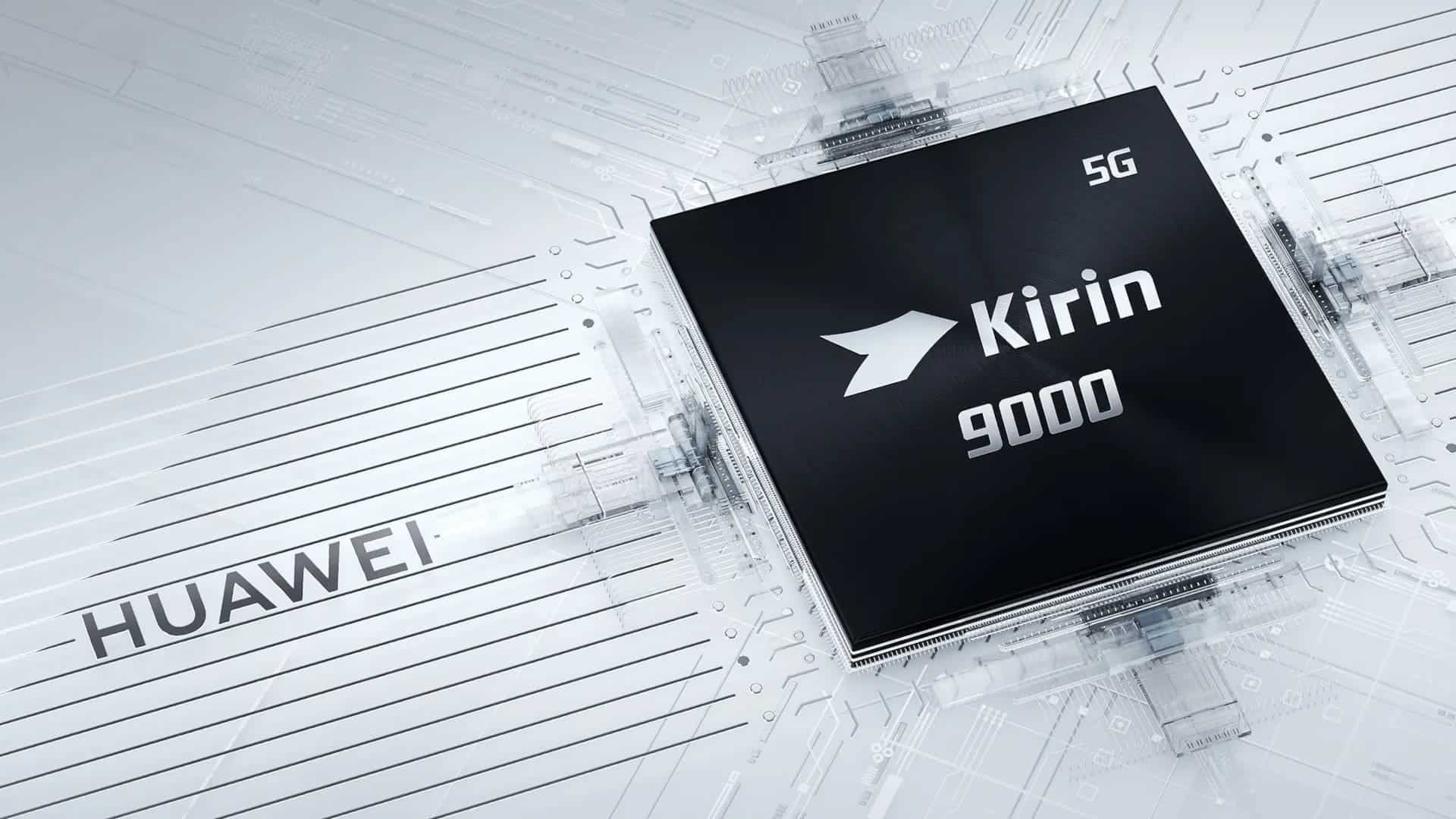HuaweinewsPhonesTech
Huawei’s Global Return: Kirin Smartphones Enter New Markets

Frederick Nyame
January 15, 2025

Huawei made a big comeback in 2023 with the Kirin 9000S chipset in its Mate 60 series. This move helped the company regain its strength in the Chinese smartphone market. China, the largest smartphone market in the world, is now led by Huawei and Apple.
Huawei’s return is impressive because it overcame U.S. trade bans that many thought would end its success. Now, the company is planning to expand globally. It aims to sell more devices powered by Kirin chips and run them on its in-house HarmonyOS software.
Huawei Targets 60 Countries with Kirin Smartphones
Huawei plans to sell its Kirin-powered smartphones in 60 global markets. In the past, Huawei struggled outside China because its phones could not run Google services like Gmail, YouTube, or the Play Store.
Now, Huawei uses its own operating system, HarmonyOS, to solve this problem. HarmonyOS does not rely on Google. It includes its own app store with alternatives to popular apps, giving users a full smartphone experience.
According to Nikkei Asia, this shift allows Huawei to focus on new markets without worrying about U.S. trade bans.
Growing Global Presence
Huawei is already making moves internationally. At the end of 2023, billboards for the foldable Mate X6 appeared in cities like Dubai, Kuala Lumpur, and Hong Kong. Now, Huawei plans to expand into 60 countries, increasing competition for rivals like Apple and Samsung.
But Huawei still faces challenges. It depends on SMIC, a Chinese chipmaker, to produce its Kirin chips. SMIC can only make chips using 7nm technology, which is less advanced than the 4nm and 3nm chips made by TSMC and Samsung.
The Kirin 9020: Progress with Challenges
Huawei’s new Kirin 9020 chip uses SMIC’s 7nm process. While the chip shows some improvements, it is still behind advanced chips like Qualcomm’s Snapdragon 8 Elite or Apple’s A-series processors.
Join GizChina on Telegram
To overcome this, Huawei focuses on making HarmonyOS more efficient. By reducing how much power and resources the system needs, Huawei aims to provide a smooth experience that matches Android phones.
Why HarmonyOS Matters
HarmonyOS is the key to Huawei’s comeback. It offers:
This platform allows Huawei to attract customers who might otherwise avoid phones without Google services.
Challenges Huawei Faces
Huawei still has some big problems to solve:
However, Huawei’s focus on improving HarmonyOS and growing its app ecosystem could help it succeed.
The Future of Huawei
Huawei is making bold moves to rebuild its global presence. Its Kirin chips and HarmonyOS platform are key to this strategy. By focusing on its strengths, Huawei aims to compete on the world stage again.
The company’s success depends on how well it addresses its hardware limits and wins over new customers. If Huawei keeps improving, it might become a global leader in smartphones once more.
Stay tuned for updates as Huawei continues its journey in the tech world.
Disclaimer: We may be compensated by some of the companies whose products we talk about, but our articles and reviews are always our honest opinions. For more details, you can check out our editorial guidelines and learn about how we use affiliate links.